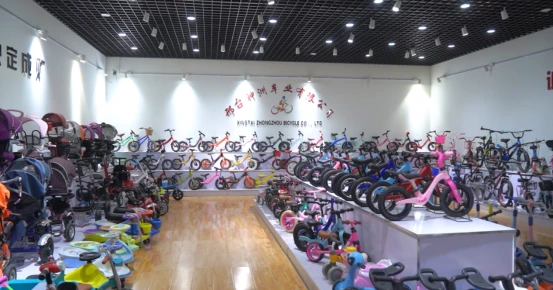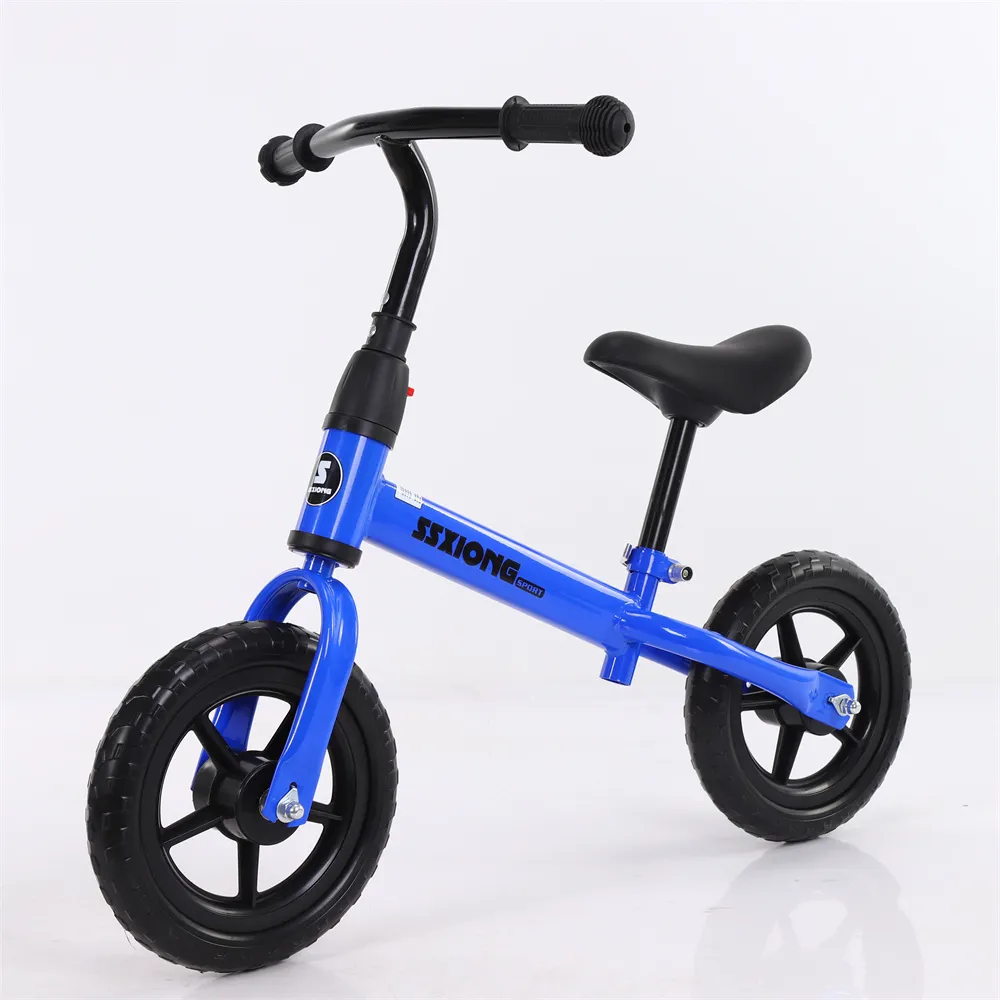Feb . 15, 2025 05:33
Back to list
childrens bike
When selecting the perfect children's bike, numerous factors come into play to ensure a safe, enjoyable, and growth-oriented riding experience. For parents and guardians prioritizing their child's development and safety, it's crucial to dive beyond surface-level attractions such as color and style, focusing more on the bike's functionalities, design, and adaptability.
One often overlooked aspect is the bike's Weight. Children’s bikes should be lightweight enough for the child to handle independently. A heavy bike can discourage a child from riding due to the excessive effort required to pedal and maintain balance. Choosing a bike made from lightweight materials improves the riding experience, facilitating easier learning and more frequent use. Furthermore, assembling a children’s bike with Sturdy Training Wheels is imperative for beginners. These wheels offer stability and build confidence as children learn the basics of balance and control. Over time, as they become more comfortable, the training wheels can be removed, marking a milestone in their learning journey. Cycling is not merely an activity; it’s a cherished developmental milestone, fostering Independence and Responsibility. Owning a bike teaches children maintenance basics and encourages a sense of ownership and responsibility towards their riding equipment. It’s beneficial to introduce children to regular safety checks, such as inspecting tires and brakes, fostering a habit of maintaining their possessions and understanding the importance of safety measures. Aesthetic Appeal should never overshadow functionality and safety. However, involving your child in choosing the color or theme can bolster their enthusiasm and attachment to the bike, ensuring a more engaging experience. This personalized selection instills pride in ownership, motivating more active usage. In conclusion, finding the ideal children's bike encompasses much more than an attractive design. By emphasizing elements such as appropriate sizing, adjustable components, safety features, and manageable weight, parents can ensure that their child’s bike is a source of joy, growth, and learning. Remember, the ideal bike not only promises hours of fun but serves as a foundation for essential life skills and a boost to healthy physical development. Ensuring that your selection meets these comprehensive needs secures both immediate satisfaction and long-term benefits for your child's development.


One often overlooked aspect is the bike's Weight. Children’s bikes should be lightweight enough for the child to handle independently. A heavy bike can discourage a child from riding due to the excessive effort required to pedal and maintain balance. Choosing a bike made from lightweight materials improves the riding experience, facilitating easier learning and more frequent use. Furthermore, assembling a children’s bike with Sturdy Training Wheels is imperative for beginners. These wheels offer stability and build confidence as children learn the basics of balance and control. Over time, as they become more comfortable, the training wheels can be removed, marking a milestone in their learning journey. Cycling is not merely an activity; it’s a cherished developmental milestone, fostering Independence and Responsibility. Owning a bike teaches children maintenance basics and encourages a sense of ownership and responsibility towards their riding equipment. It’s beneficial to introduce children to regular safety checks, such as inspecting tires and brakes, fostering a habit of maintaining their possessions and understanding the importance of safety measures. Aesthetic Appeal should never overshadow functionality and safety. However, involving your child in choosing the color or theme can bolster their enthusiasm and attachment to the bike, ensuring a more engaging experience. This personalized selection instills pride in ownership, motivating more active usage. In conclusion, finding the ideal children's bike encompasses much more than an attractive design. By emphasizing elements such as appropriate sizing, adjustable components, safety features, and manageable weight, parents can ensure that their child’s bike is a source of joy, growth, and learning. Remember, the ideal bike not only promises hours of fun but serves as a foundation for essential life skills and a boost to healthy physical development. Ensuring that your selection meets these comprehensive needs secures both immediate satisfaction and long-term benefits for your child's development.
Next:
Latest news
-
Baby Balance Bike OEM Service – Kids No-Pedal, LightweightNewsNov.10,2025
-
OEM Kids Bike Children Bicycle – Cheap Wholesale BicyclesNewsNov.10,2025
-
Kids Bike New Model 12–18 inch Boys & Girls Bike, AdjustableNewsNov.10,2025
-
China Cheap Price Safe Kids Bike for 10yo w/ Training WheelsNewsNov.10,2025
-
China CE-Certified Kids Balance Bike, Guaranteed QualityNewsNov.10,2025
-
Colorful Outdoor Flashing Carton Children Scooter for KidsNewsNov.10,2025
-
Best Price Kids Balance Bike – Superior Quality, No PedalsNewsNov.10,2025








